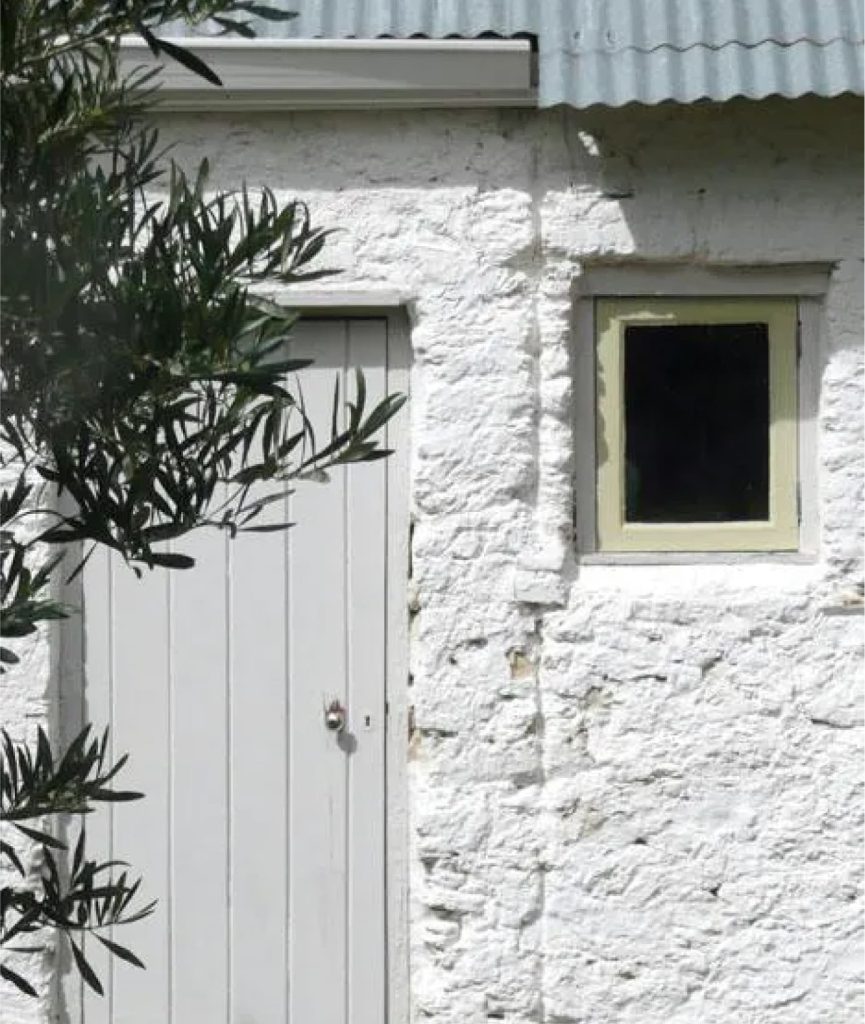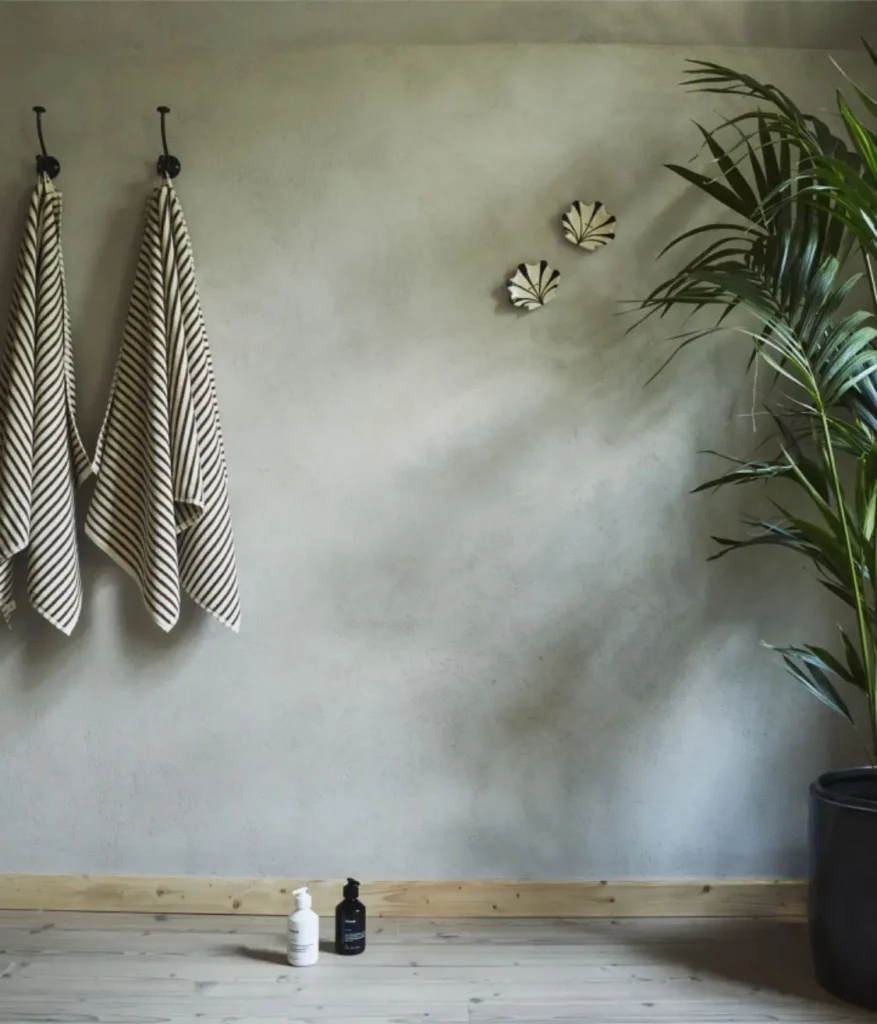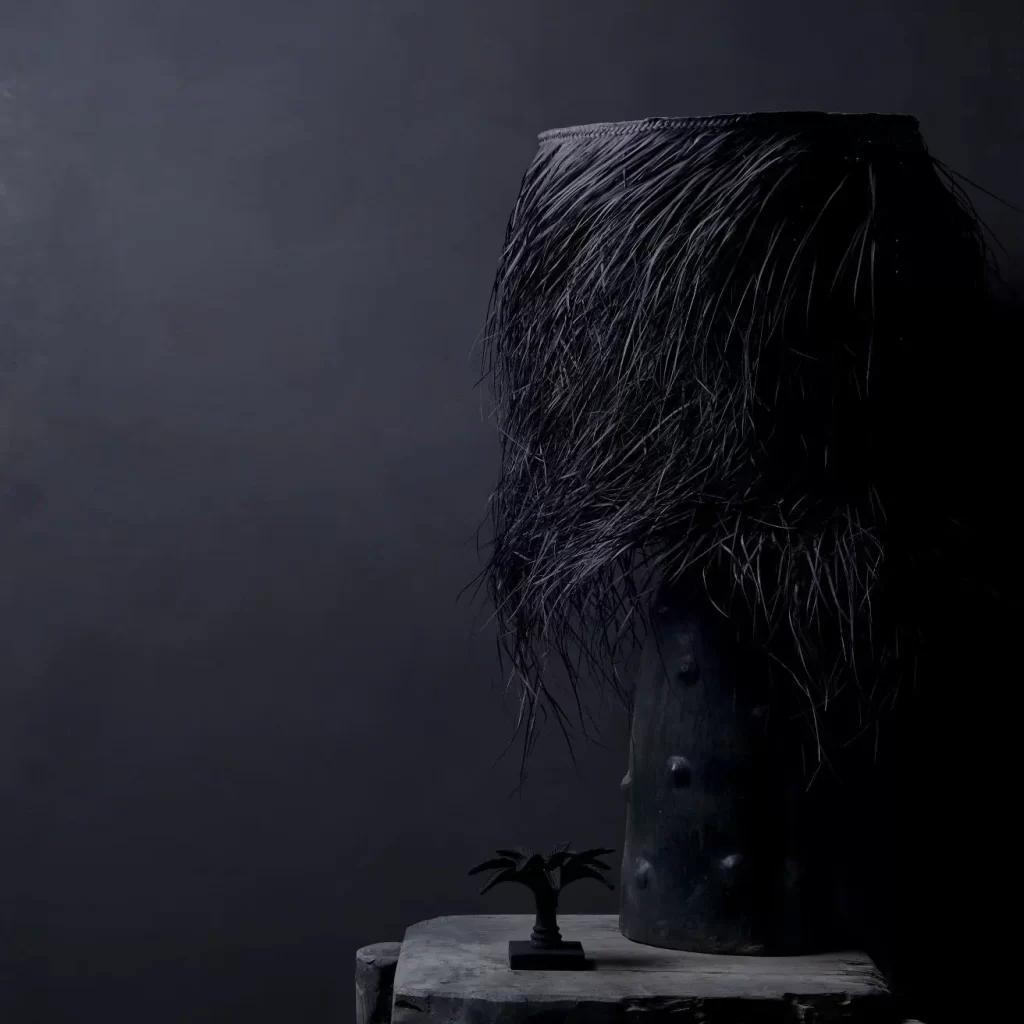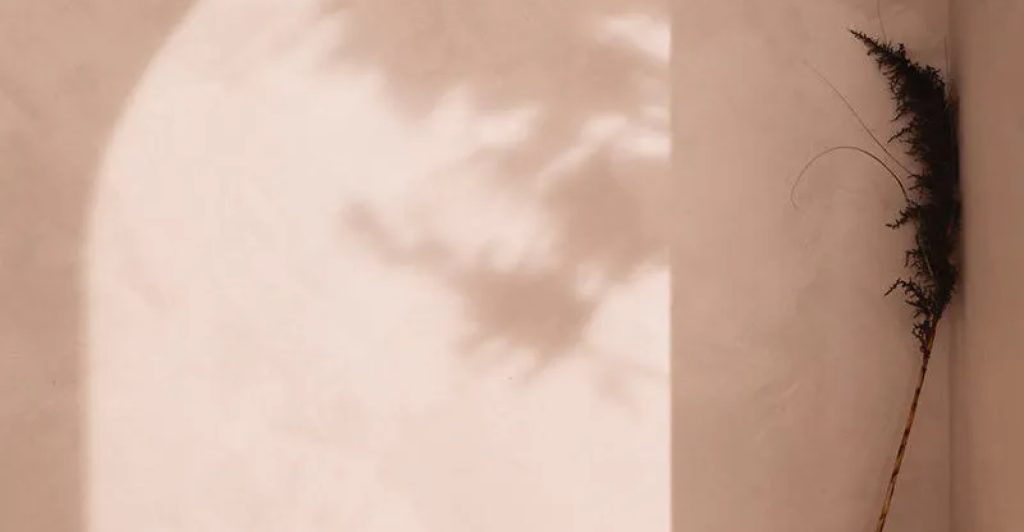
About Limewash Paints
We are driven by our belief that we have become disconnected to the materials we use in our homes. We are passionate about what materials we use and how they connect with us emotionally and physically. This philosophy is behind everything we do.

Homes were once created from the natural materials sourced around them, and those materials, like most things in nature, were perfect as they came from the environment in which people lived. They most often suited the climate and the needs of the people living in them, they were designed to take nature into consideration. There are of course many wonderful modern improvements, but we believe that not everything we have introduced into our buildings are necessary or indeed desirable.
and how they interact came out of our experience and love of hands on building and restoration, unwrapping what has gone on before in our buildings. We saw that many materials that are used from the chemical industry, such as water based acrylic and oil paints, plus too much cement, damaged the underlying structures of buildings, were very hard to remove and prevented the underlying walls of limestone or brick to be able to breath, which is a crucial, forgotten and misunderstood element of construction.
All walls made from brick, masonry, stone and other natural materials, have the capacity to store and release moisture and humidity naturally, if they are constructed correctly. This ability offers a beautiful indoor air quality and longevity of the built structure, keeping all materials in harmony with one another.
One of natures most beautiful natural materials is Limestone or Calcium Carbonate which is chemical name for it, it starts its life a sea shells. We began our life long love affair with this material, it has so many wonderful qualities that continue to amaze us 30 years on.

we noticed that where limewashes were used historically that the walls stayed permeable -meaning the walls could still breathe, this is very important as modern coatings stop this, creating problems of damp, creating a plastic or oil coating barrier, we believe this barrier is like putting a plastic bag over your skin, and just as that creates an infection or a bigger problem, it is the same on buildings, when moisture is trapped within the substrate then the same estering of the surface occurs. This may be disguised for some time, as the coating will mask this but eventually a much larger problem will surface.
The use of modern coatings in this way also impacts greatly our indoor air quality and ground water. With many conventional paints taking many years to stop off gassing, which means that the chemicals within to make them work as coatings, is made by using plastic, oil, and biocides including formaldehyde, these materials release gas into the air.
They use a very large amount of water to clean up, and the residue goes straight into our ground water, in fact most conventional paint companies have some of the most polluted industrial sites in the world.

but the principles remain the same. Good materials and an understanding how they interact with one another can make a big difference to the choices you make in constructing and renovating a home, natural materials give you beautiful way to live that goes beyond fashion and trends.
One of the most notable differences is the air quality and the ‘feel’ of the room, we have walked into many new projects that use this type of construction of bricks, masonry or stone, then rendered both inside and outside and then painted with limewash, we are aways surprised at how pleasant the air and the feel of the room is, hard to describe in words, but really noticeable.
So began our discovery of the beauty of limewash, and a desire to create a paint that is naturally beautiful, and in harmony with nature, with one of our most important decisions that what you leave out is more important that what you put in. Out of our experience and knowledge we decided to make paint differently by embracing and understanding the natural characteristics of limewash.
One of the most delightful results of this way of colouring this way is the light refraction that happens between pigments and limestone, when you look at limestone under a microscope you see millions of crystals, these crystals bounce light back in a very unique way, this combined with the pigments creates luminosity, and colour that looks and is experienced differently. It creates whites that are brilliant but not harsh, as it bounces the light back in a much softer way.
Limewash was traditionally painted yearly, not because it is not long lasting, but because it has natural antibacterial qualities that protect the walls, and due to it alkaline nature that can protect the building. This wonder of limewash never cease to delight and amaze us.
Limestone comes from the earth, and is then heated in a unique burning process which changes the chemical composition, it is then slaked in water, we then age it for many years, like creating a good old wine it gets better with time. It is then ready to be made into limewash paint.

which we also do a differently again with the less is more philosophy, although I cannot stop making colours. We are equally fascinated by pigments and there natural beauty, the way they all have there own characteristics based on where they come from and what the mineral composition of them is. We use an artist approach to colouring, not an industrial one, I feel another thing we are
disconnected to is colour, what is it, where does it come from?
We actually limit the colours we make not offering any colours we know to come from harmful chemicals such a cadmium, which is the chemical that gives bright yellow, red and orange, we also don’t use bright pink as the pigment is very detrimental to those using it in the paint manufacture.
Paint colours are usually created by an industrial process with pigments are bound into acrylic/plastic or oils based mediums, we bypass the use of these binders.

